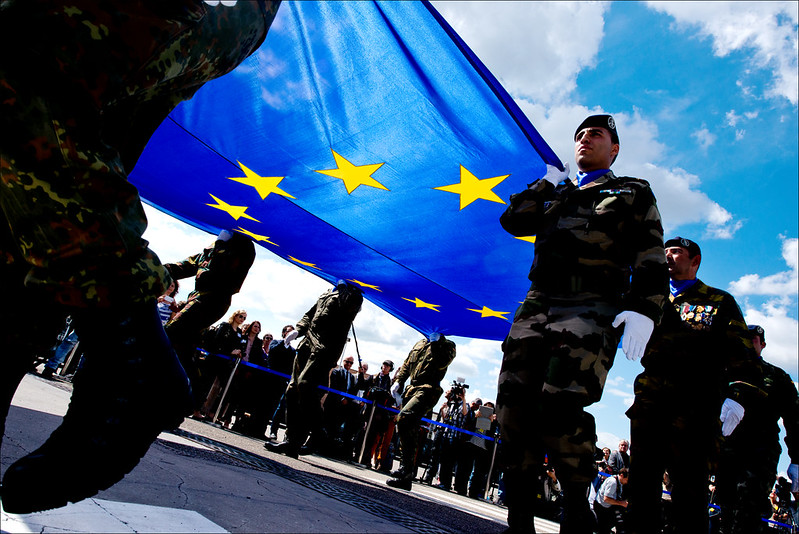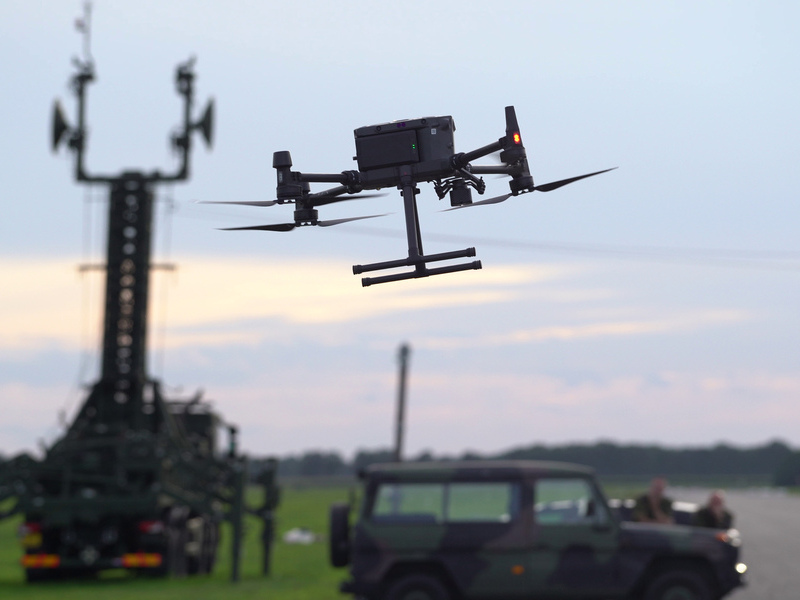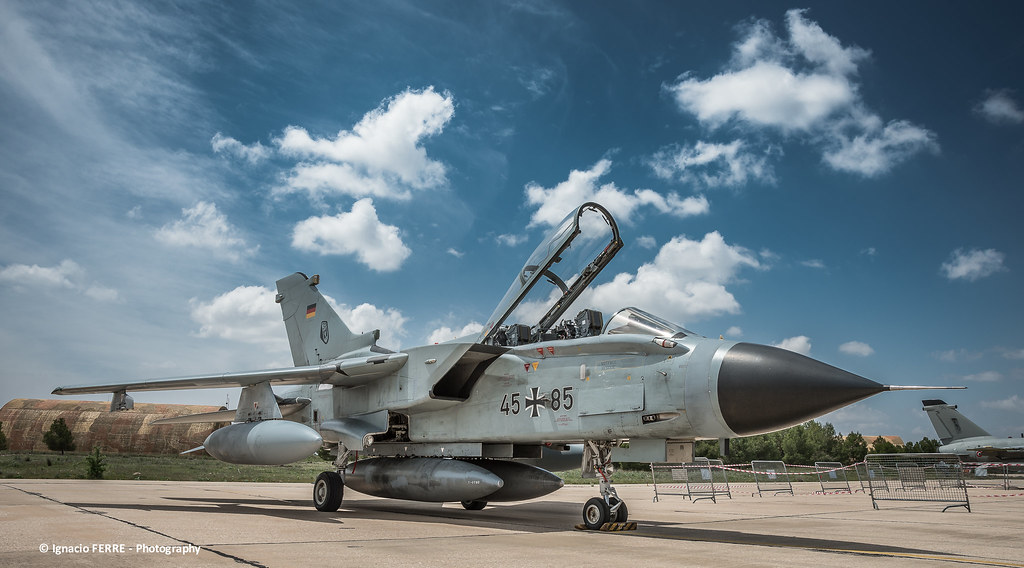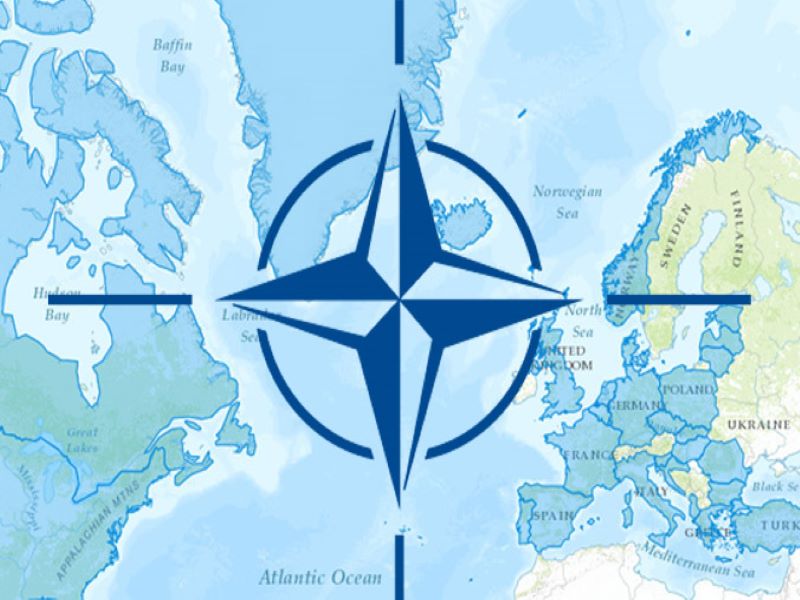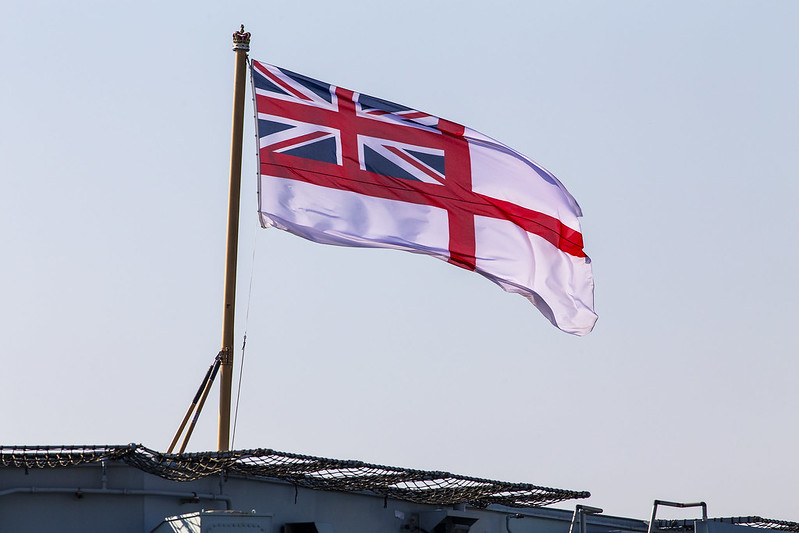At an increasing rate, critical minerals are at the forefront of international relations. Critical minerals are a hot topic not only in the business sphere but also the defence sphere.This is especially true now, with President Donald Trump pushing Ukraine to sign over its critical mineral rights to the United States. This demand is presented Read More…
Tag: Defence
Has the Time Finally Come for a European Army?
The idea of a collective European defence force is as old as the European integration project itself. However, it has always been outshone by NATO and deemed too logistically and politically arduous for a supranational body that was excelling in projecting soft power. Fast-forward to 2025, three years into Russia’s full-scale invasion of Ukraine and only a few months into Trump’s second term, which has included a great deal of NATO- and Europe-criticism, suggesting that the United States might no longer help defend Europe. The idea of deepened European defence integration, perhaps even a sovereign European army, is no longer so far-fetched. Can the EU make use of its single market to harness its defence capabilities and work around the political divisions on foreign and security policy within the Union?
Three Russian Threats and How Canada Can Prepare for Them
While Canada might seem an unlikely target of direct threats from the Russian Federation, its engagement in global affairs and commitments to human rights and democracy inevitably put it at odds with Russia’s vision of the world order, drawing it into conflict with Russia’s revisionist foreign policy. With the Trump Administration pursuing an apparent rapprochement Read More…
Conscription in NATO Countries: Why Do Some Have It and Others Don’t?
In his latest article, James Lautens explores the discussion around military conscription as a means of deterrence in global security. By comparing conscription policies in NATO countries, he outlines the cultural, political, geographic, and historical factors behind conscription policies and argues that, in an increasingly unstable world, Canada should consider all options – including conscription – to strengthen its defences.
A Third Nuclear Age: Russia’s Role in Nuclear Proliferation Since the Invasion of Ukraine
At a Royal United Services Institute event in December 2024, the head of the UK military, Admiral Sir Tony Radakin, claimed that the world could be on the brink of a “third nuclear age”. Nuclear weapon proliferation is on the rise, largely driven by the Russian invasion of Ukraine. It is important to identify the Read More…
Germany’s Tornado Gap: Nuclear-Sharing and the F-35
Germany’s underfunding in the development of a new fighter-bomber leaves a capability gap in NATO’s nuclear sharing agreement when the Tornado retires in 2030. Germany must now turn to the F-35 to fill the gap.
Article V & the Indo-Pacific: Will NATO’s collective defence pact function in an out-of-area region?
In this article, Junior Research Fellow Andrew Erskine examines NATO’s collective defence pact against the backdrop of the growing contest in the Indo-Pacific to determine if Article V could be invoked to defend NATO members in the region.
The Indo-Pacific Takeaway: How can NATO build up its resiliency to China and a contentious global order
In this article, Junior Research Fellow Andrew Erskine identifies how a contentious Indo-Pacific can strategically maneuver NATO to preserve transatlantic prosperity by renewing its resiliency to Chinese cyber and economic coercion.
Killer Tunes – The Role of Music as a Weapon in Combat and Conflict
Music embodies the best of cultures around the world. Like many aspects of human life, music has been closely linked to the culture of military. From martial music to anti-war protest songs, music has long impacted public perceptions of war. But it also has a deeper connection to this area: its role as a weapon. In this article, Arash Toupchinejad explores the bizarre history of the weaponization of music in a military capacity.
‘Global Britain’ in Practice
HMS Queen Elizabeth’s maiden voyage to the South China Sea is indicative of the UK’s new global posture. But is it spreading itself too thin? Elliott Simpson presents the pros and cons of the UK’s recent tilt to Asia, and to a modern military.


